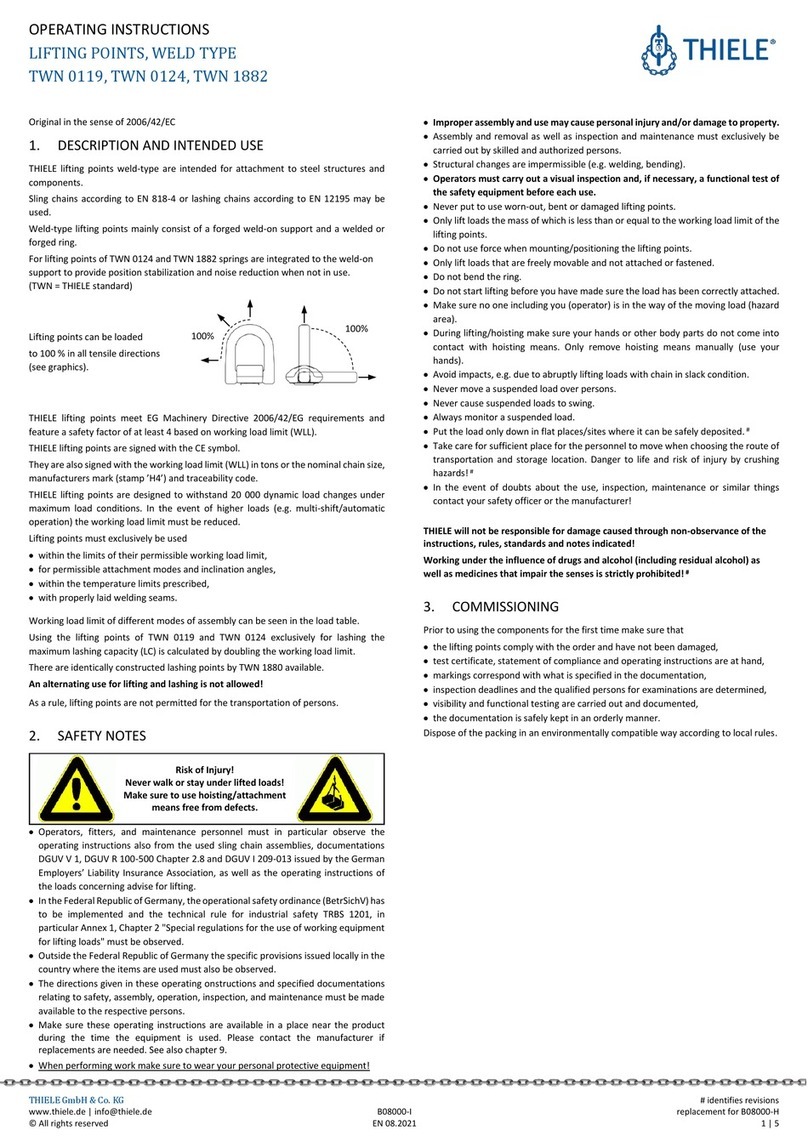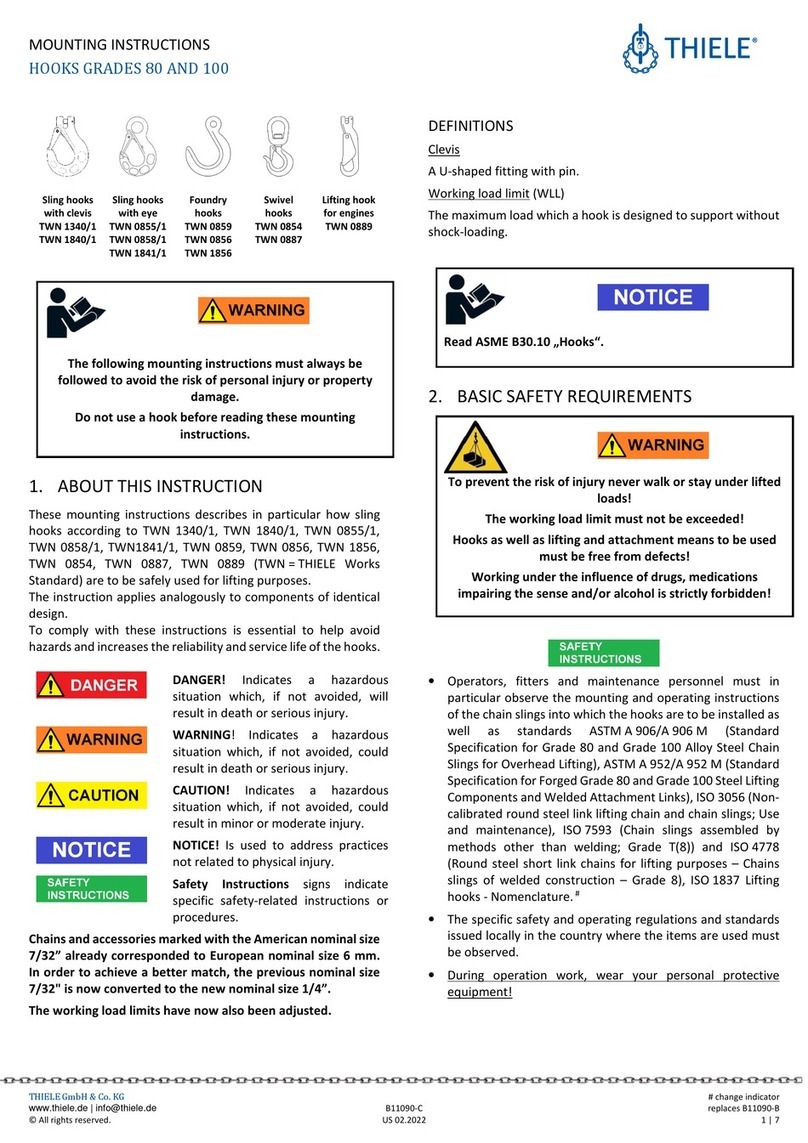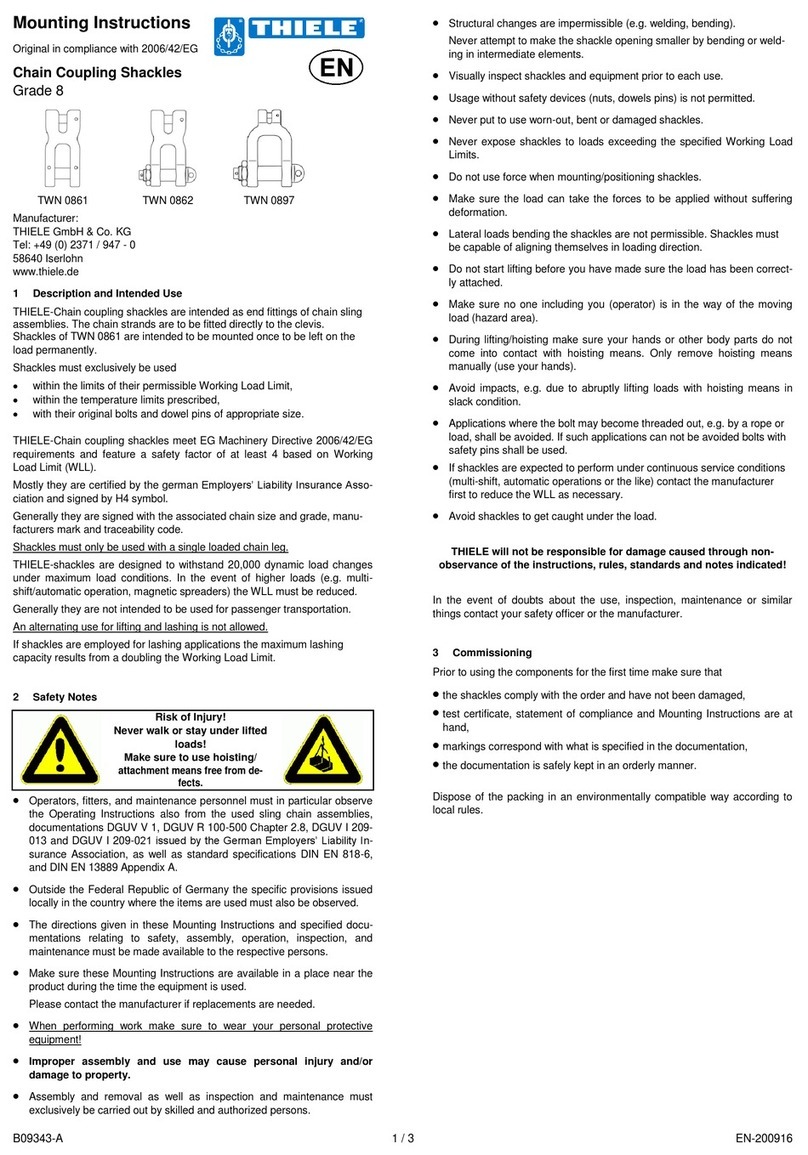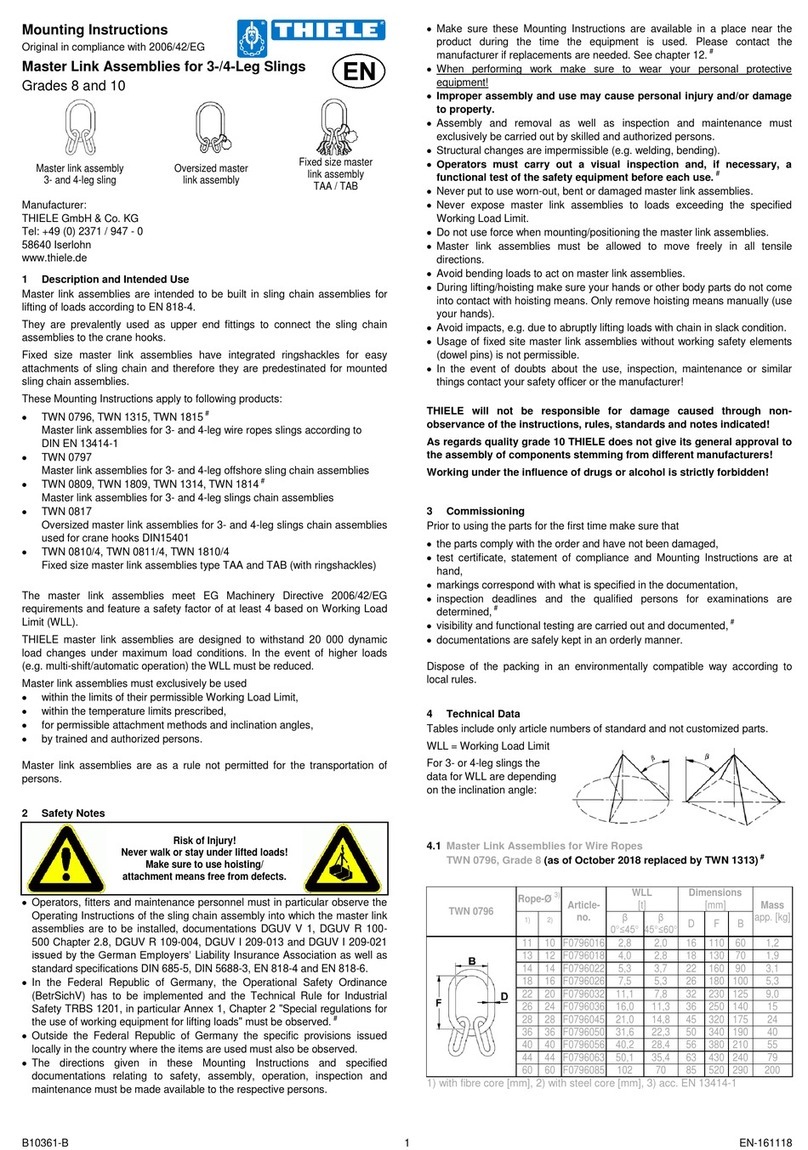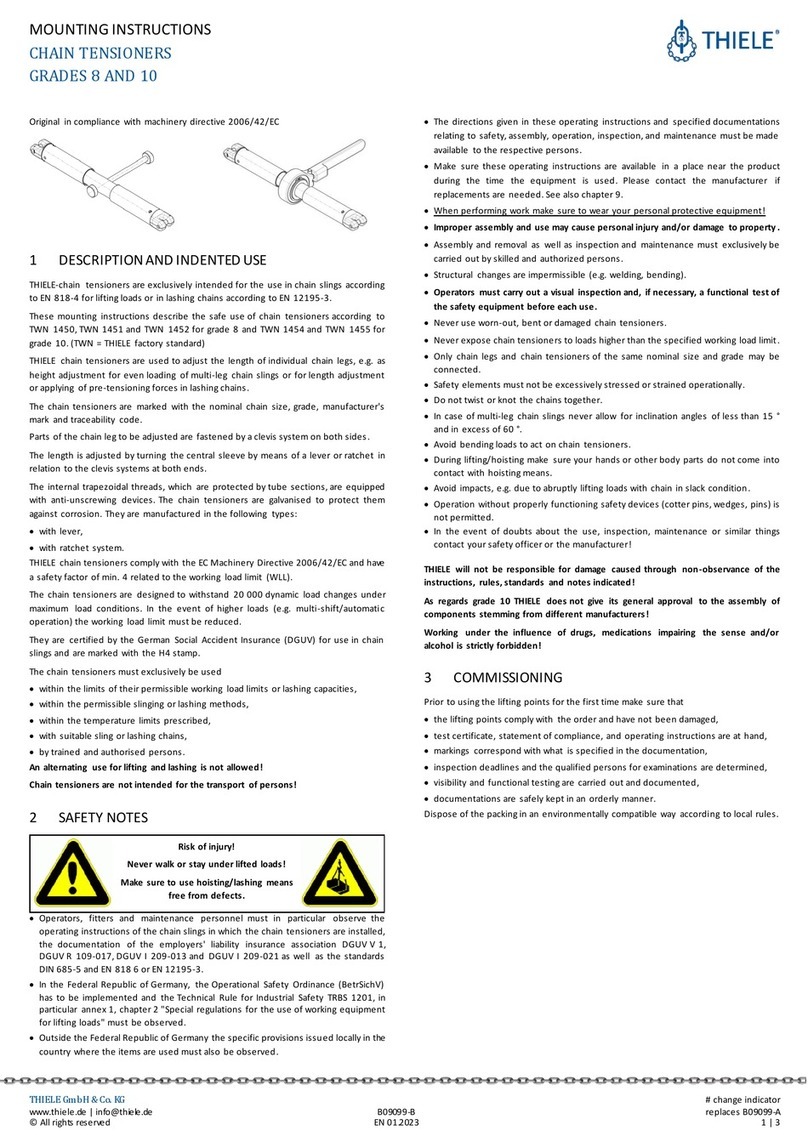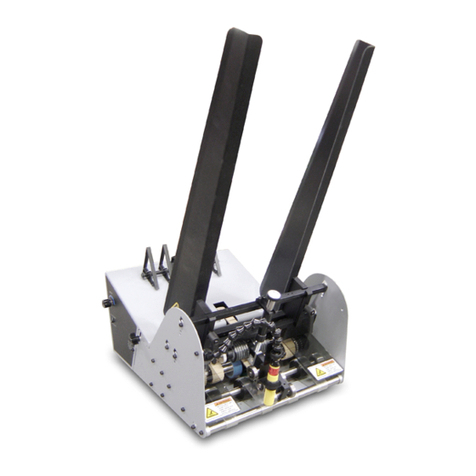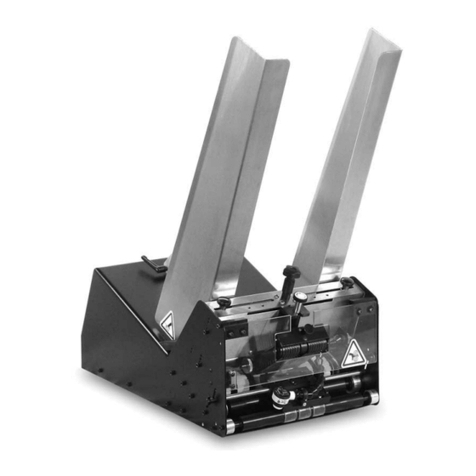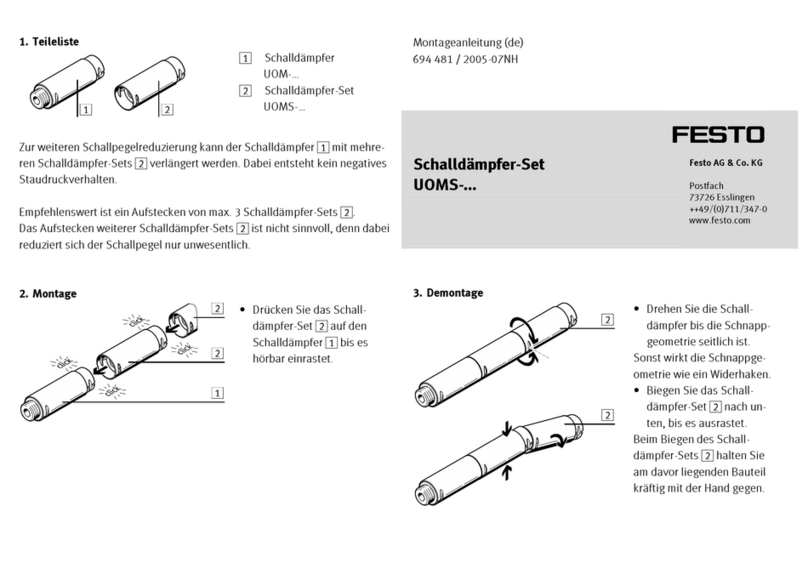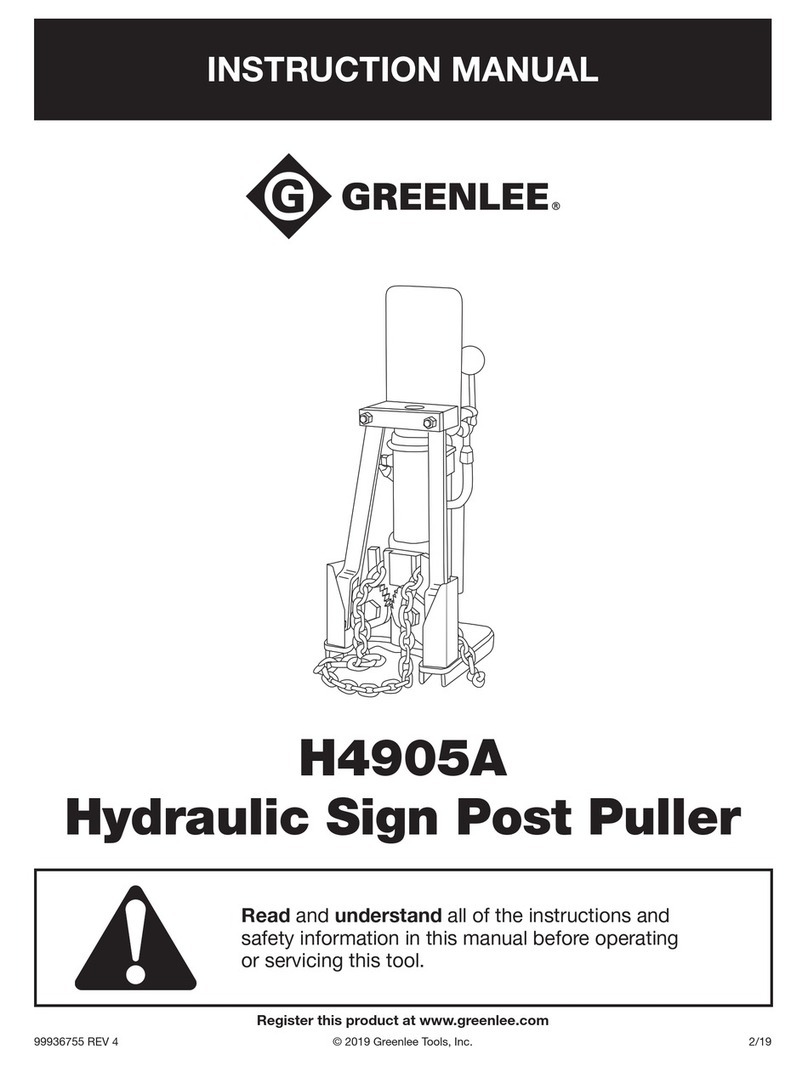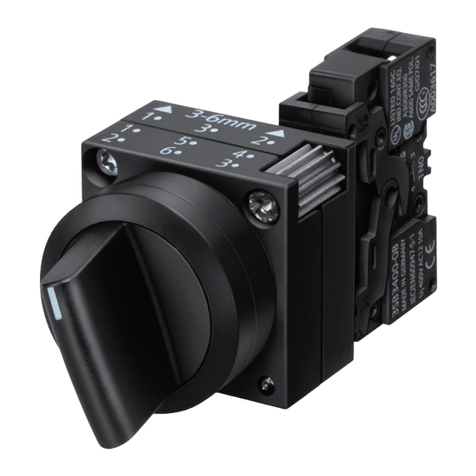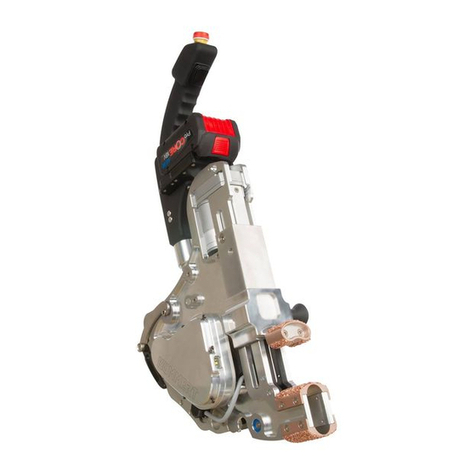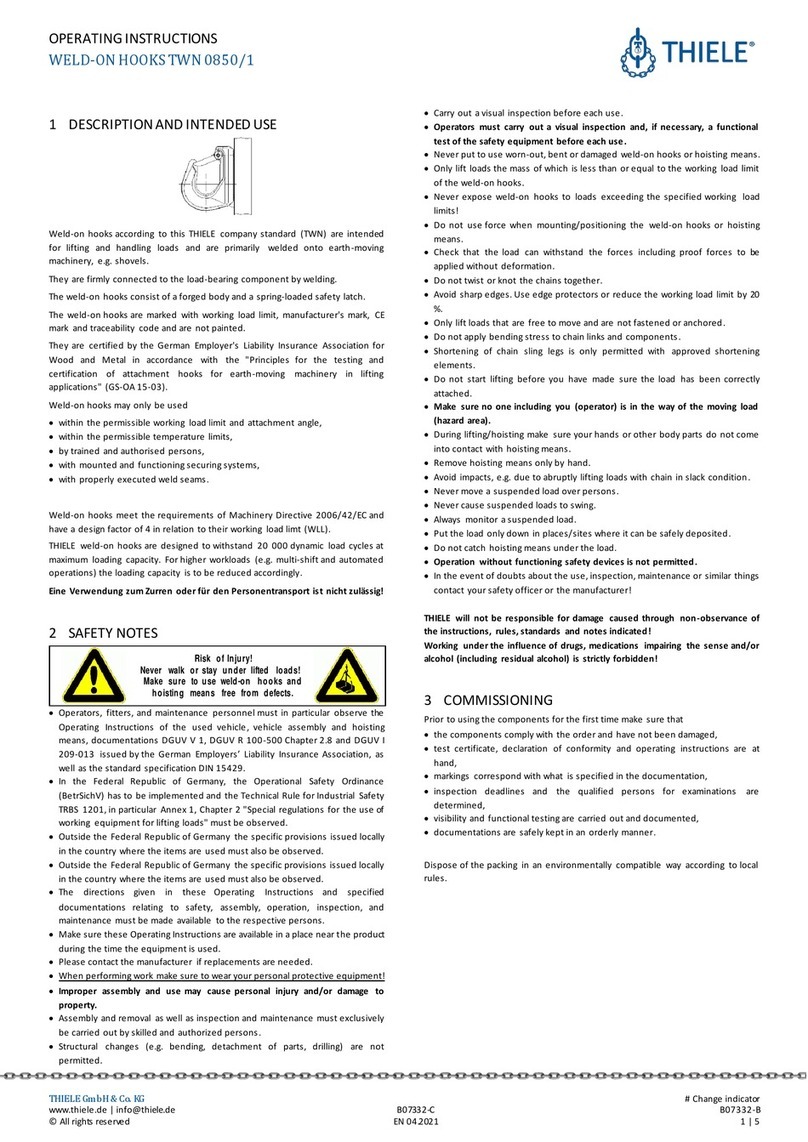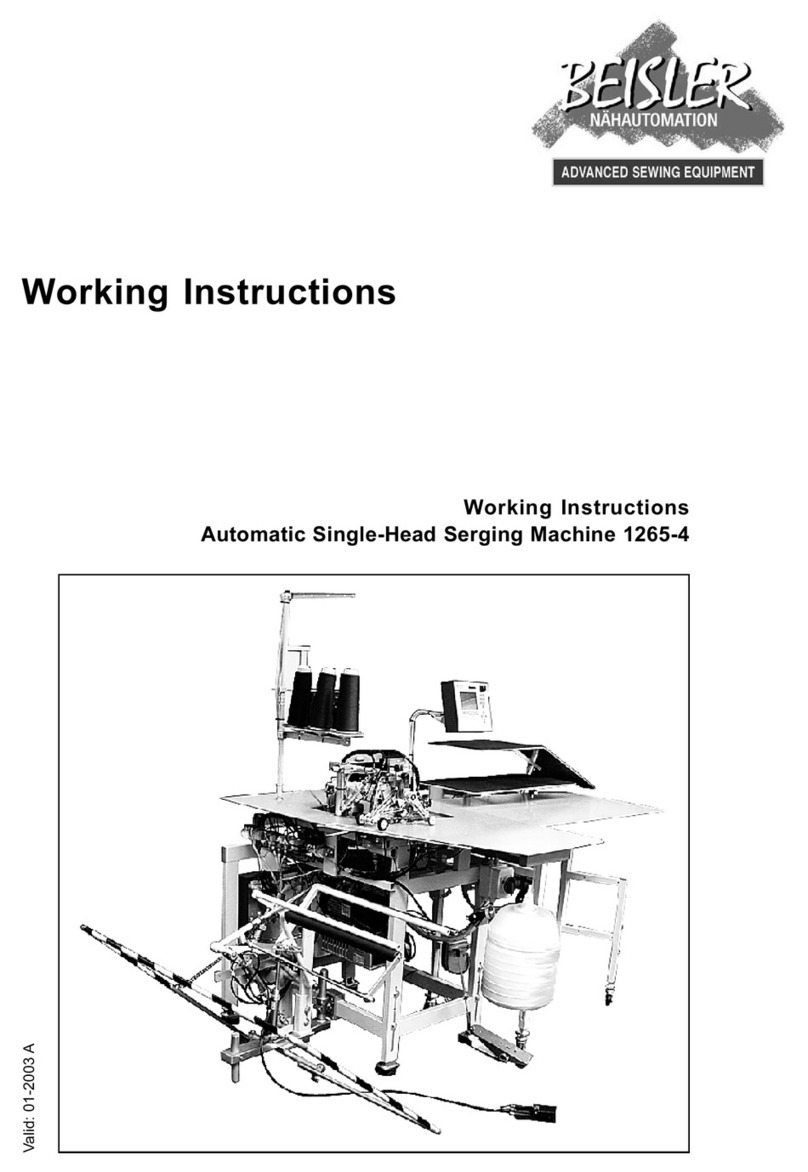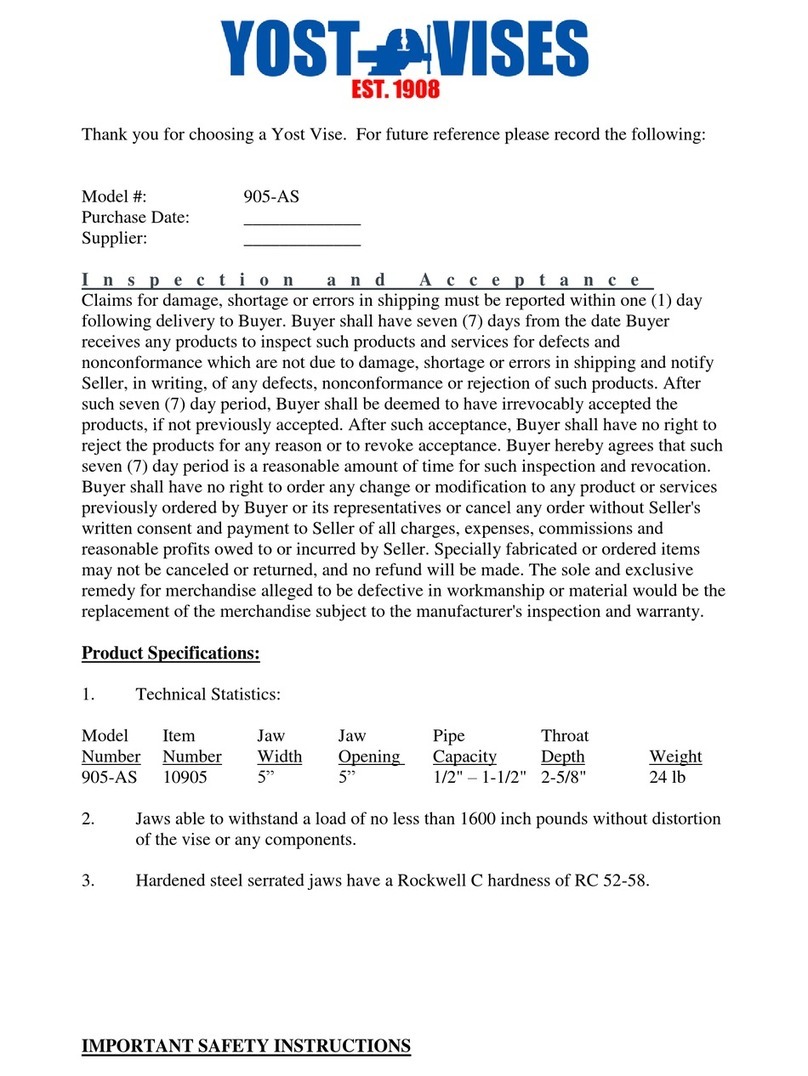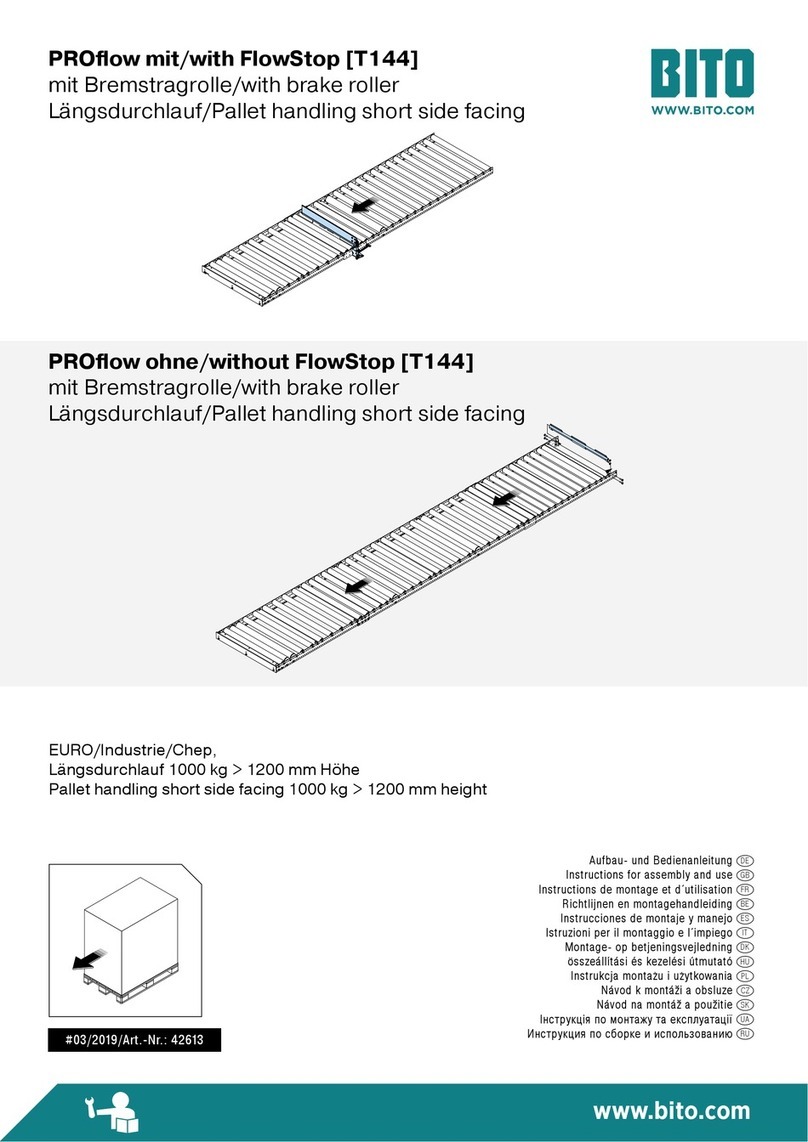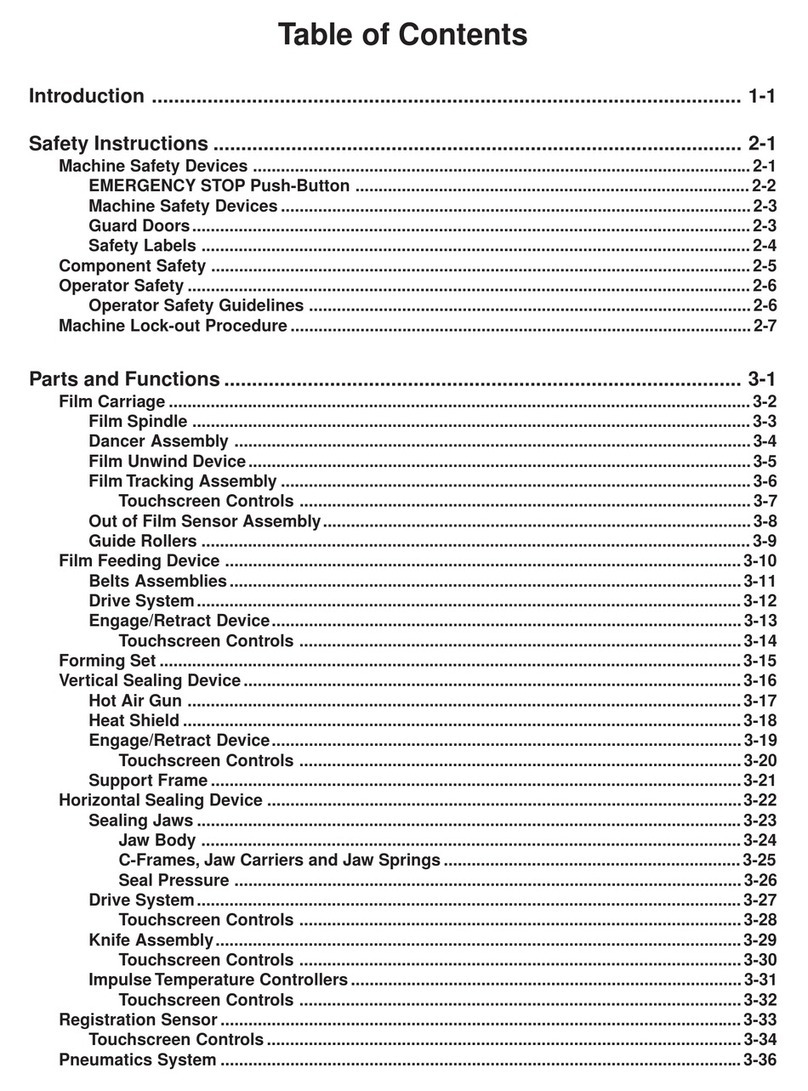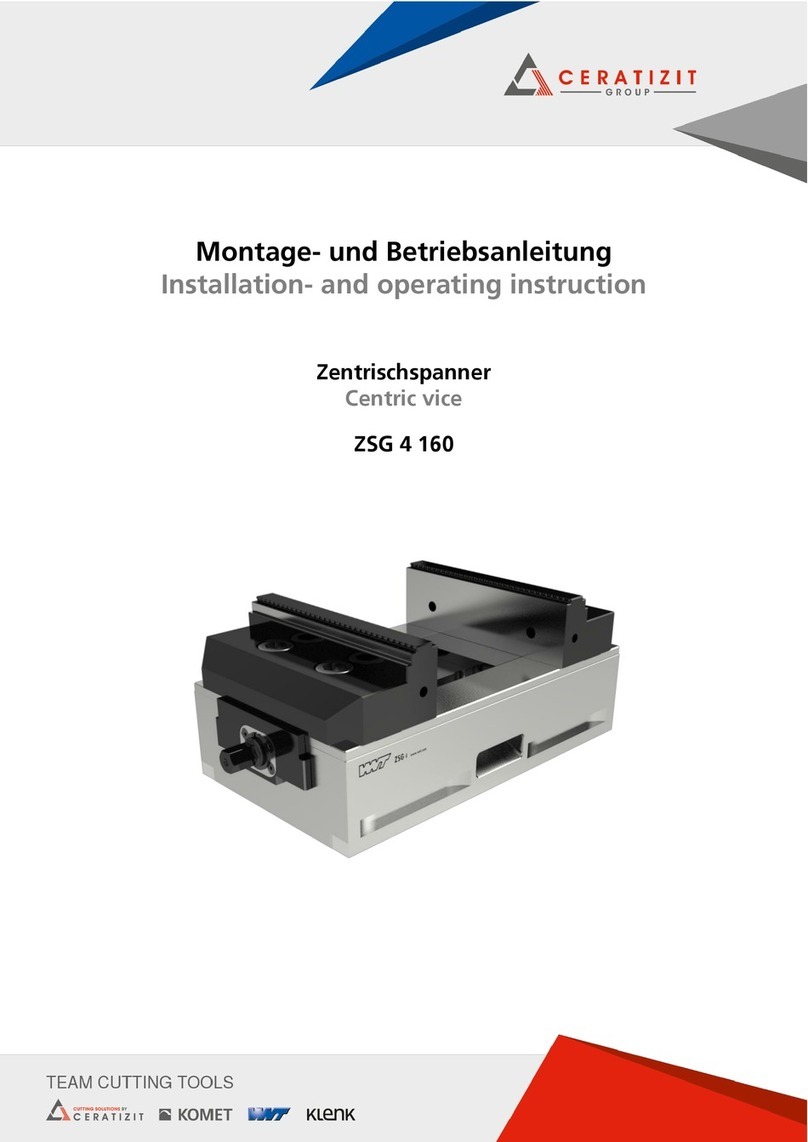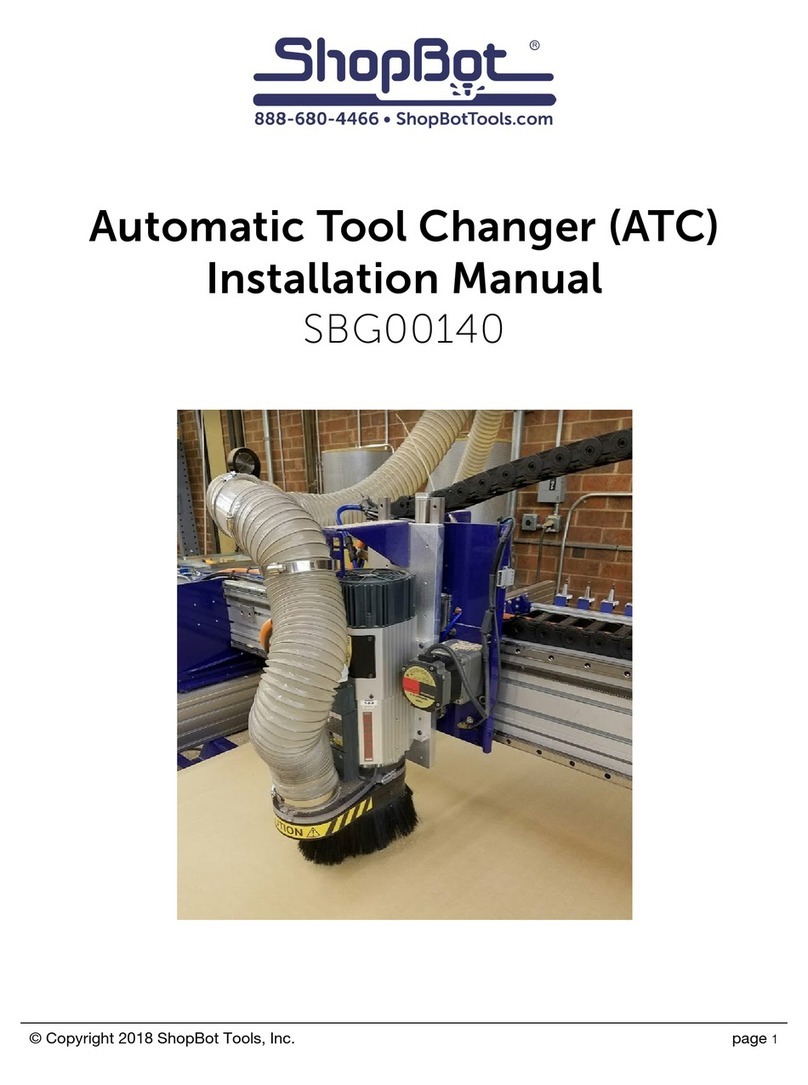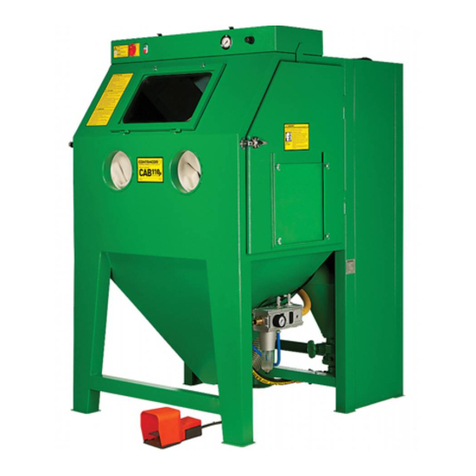
10
Reliant 3700 Manual
STEP 3:
Back Wedge
Adjustment
Review
The back wedge provides proper lift to the product to help keep it off
the table top and feed belts, and it creates the force necessary to push
product against the gate assembly. By adjusting it back and forth from
the gate assembly or pivoting side to side, you can create the lift and
force necessary to preshingle product against the curvature of the gate
assembly. Also, it keeps other sheets off the feed belts until proper
separation of the bottom sheet at the gate assembly has occurred.
Here are some general guidelines that should help you determine
how the back wedge should be positioned for your particular product
(for illustration purposes, the optional Articulating Roller Wedge is
shown):
• Movingtheindividualrollerstotheoutside of the back wedge shaft
(Fig. A) will create a bow in the center. The bow will stiffen the
product to promote better singulation of thinner product.
• Pivotingthebackwedgefromitsperpendiculartothegateassem-
bly(Fig. B) will increase or decrease the amount of drag of contact
(or traction) on the feed belts for a given side. This can also be used
to control twisting or skewing of product as it leaves the gate as-
sembly area.
• Ifthebackwedgeispositionedtoofarbackward from the gate
assembly (Fig. C), then the belts are driving the product before the
bottom sheet has separated and left the gate assembly area. This
pushes the gate assembly up, creating more pressure on the prod-
uct, O-rings, and feed belts. The result can be premature buildup of
ink or varnish on the belt surfaces. It can also cause more than one
product at a time to be forced under the gate assembly, creating a
double feed.
By moving the back wedge forward, only the bottom product can
make contact with the belt surface. Slippage is reduced, minimizing
buildup on the belt surface. Double feeding is also reduced.
• Ifthebackwedgeispositionedtoofarforwardto the gate assembly
(Fig. D), then a pinch point can be created between the top surfaces
of the individual rollers and the product. Moving the back wedge
even closer toward the gate assembly can allow product to over-
hang the wedge, creating too much lift of the product off the feed
belts.
Tips for Proper Back Wedge Adjustment
A C DB
Keepinmindthebackwedgeworkswiththegate
assemblytoprovidetheproperlift,curvatureof
theproduct,andproperbelt/productcontactto
separateandfeedonesheetatatime.
Thereareanumberoffeedingproblemswhich
canbesolvedbysimplyadjustingthebackwedge
todifferentpositions.Someoftheseproblems
includedoublefeeds,skewing,twisting,poor
singulation,inkorvarnishbuilduponthebelts,
andjammingatthegateassemblyarea.




















